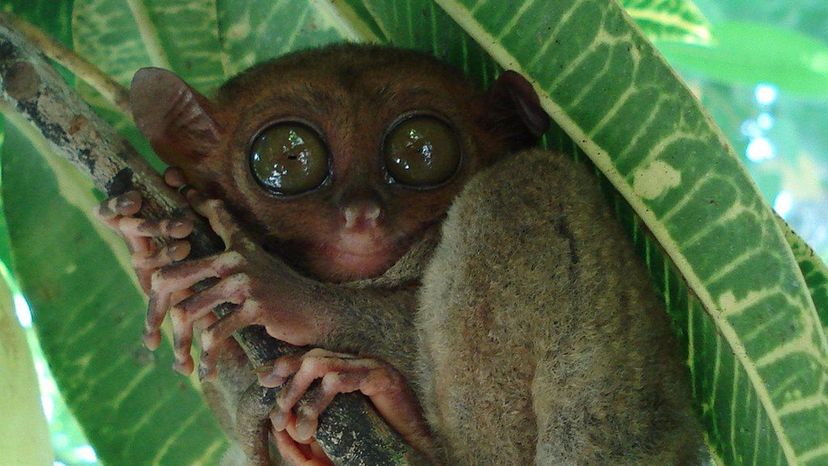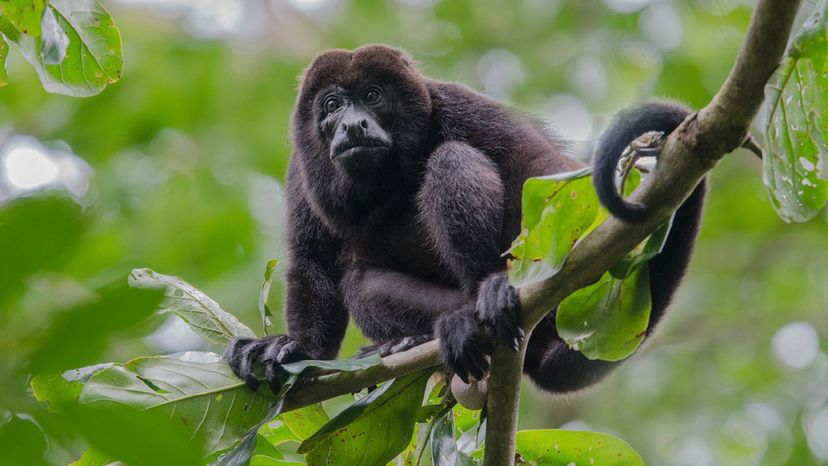
About This Quiz
Did you know that using the human genome, our closest living relatives, the chimpanzees, share 96 percent of our DNA? Or, to put it another way, the number of genetic differences between humans and chimps is ten times smaller than that between mice and rats. Gorillas are next in line, sharing a similar amount of genetic code with humans. So, it makes sense to get to know our extended family! Start the quiz now and see if you can identify all the primates without heading to the zoo. Click the button below.
We all have some wacky relatives and that's true in the primate family as well. Like the monkey with a mohawk. This cotton-top tamarin has a long sagittal crest covered with white hair from its forehead to the nape of its neck, almost mimicking a mohawk. The exorcist monkey - the pygmy marmoset's unique feature is its ability to turn its head backward, which comes in handy when spotting predators.
Ah, but there are some real beauties in the family as well. Like the golden lion tamarin (also known as the golden marmoset) that gets its name from the reddish-orange hair that looks almost identical to a lion's mane. But before we give away all the primate names, take the quiz to see how much you know. You are sure to be better than the 93% of people who can't identify all the primates. Start now!
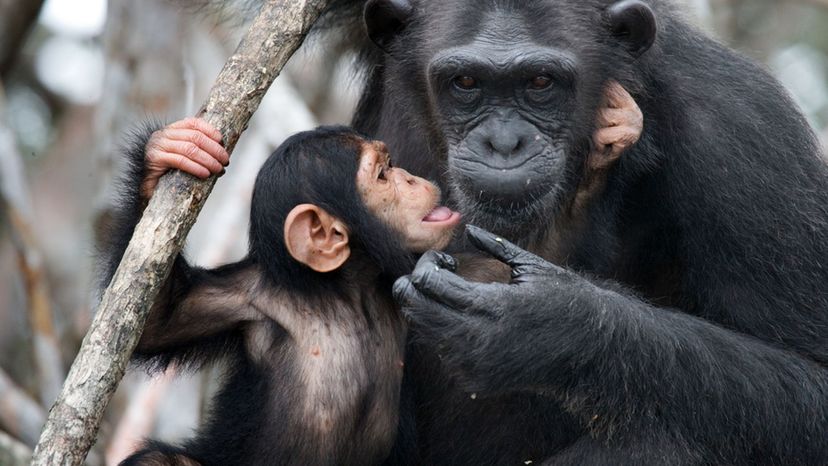
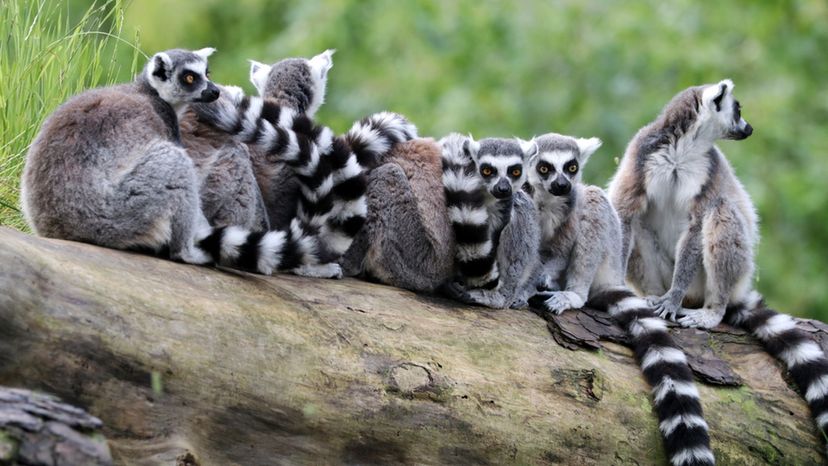
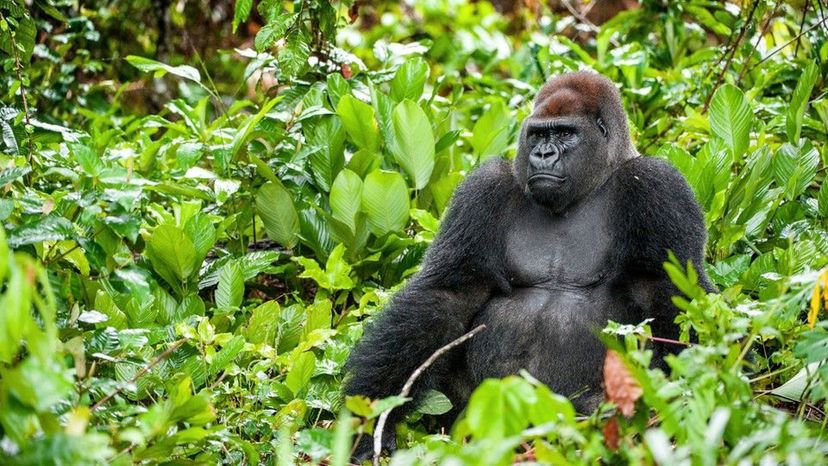
Advertisement
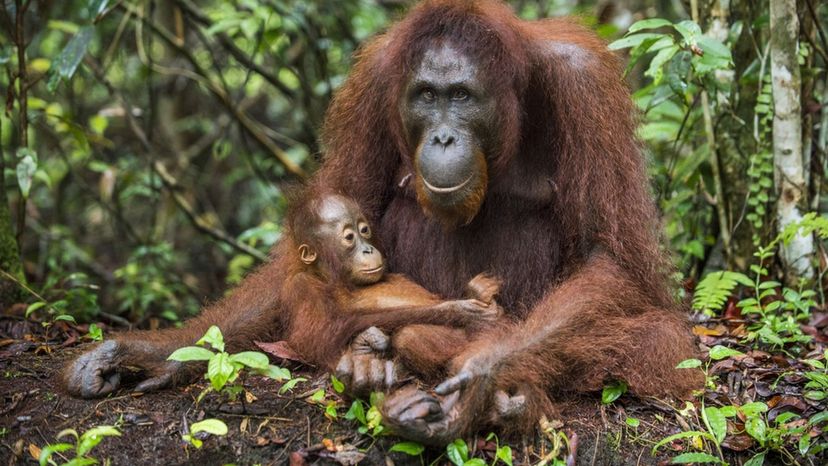
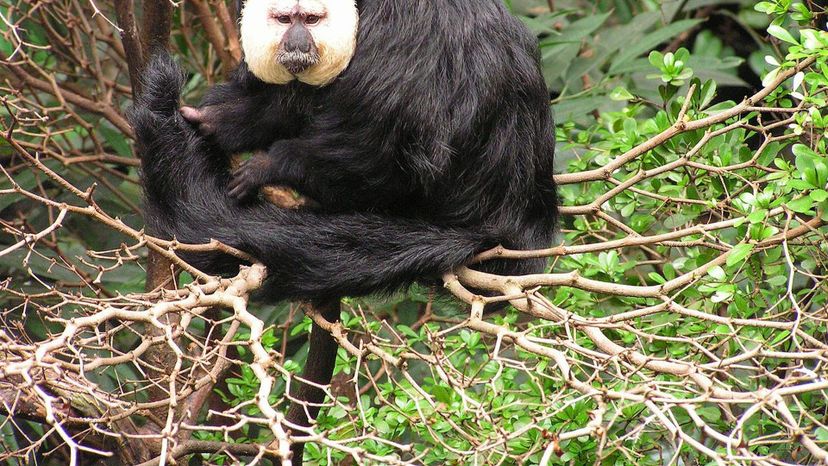

Advertisement
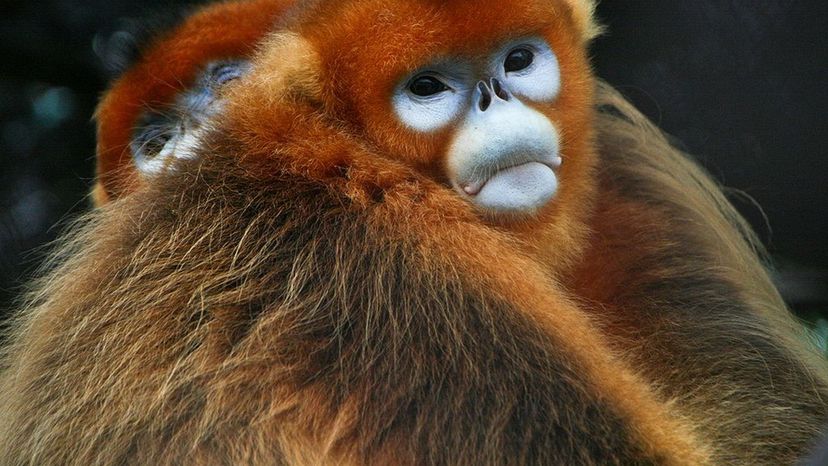
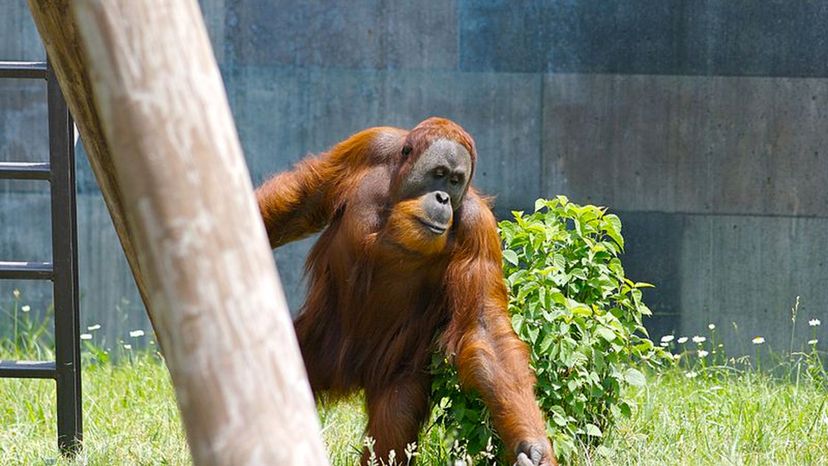
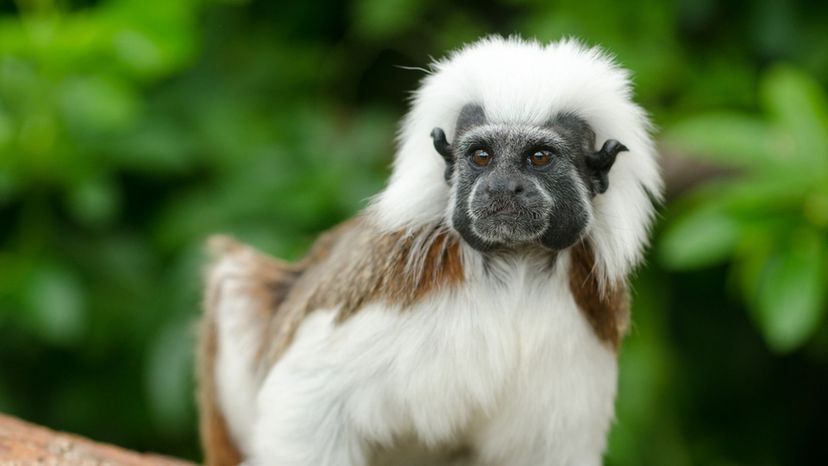
Advertisement
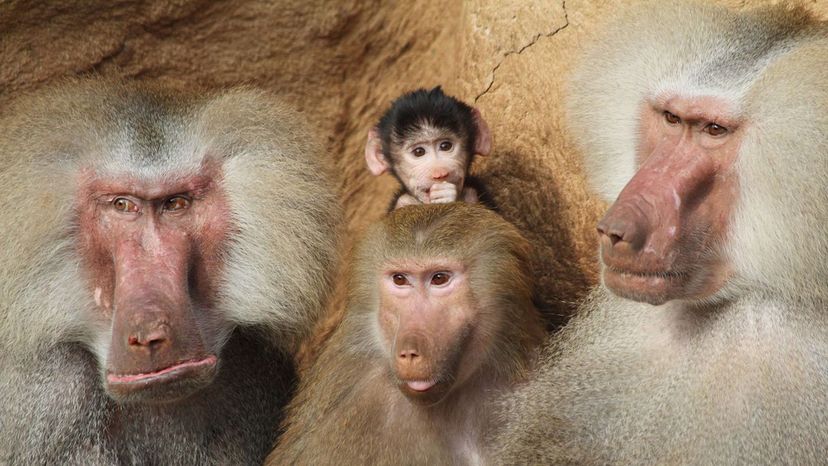
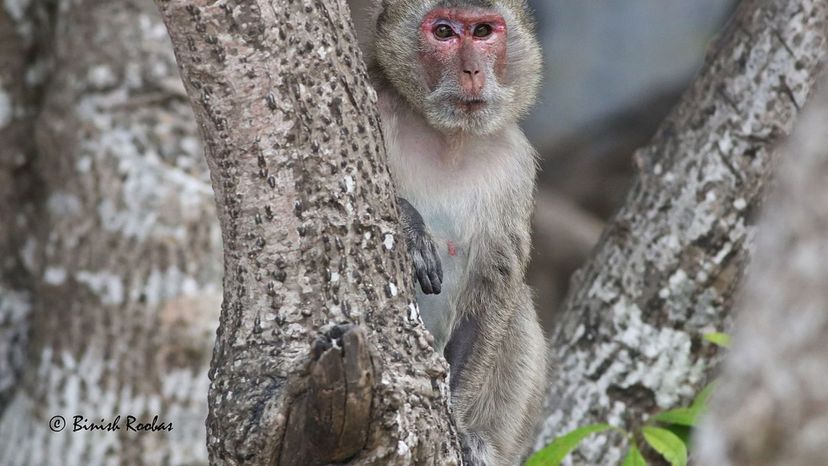
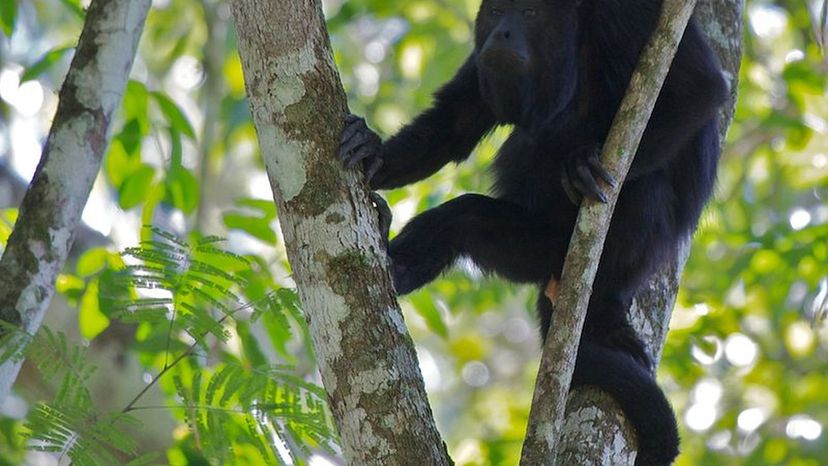
Advertisement
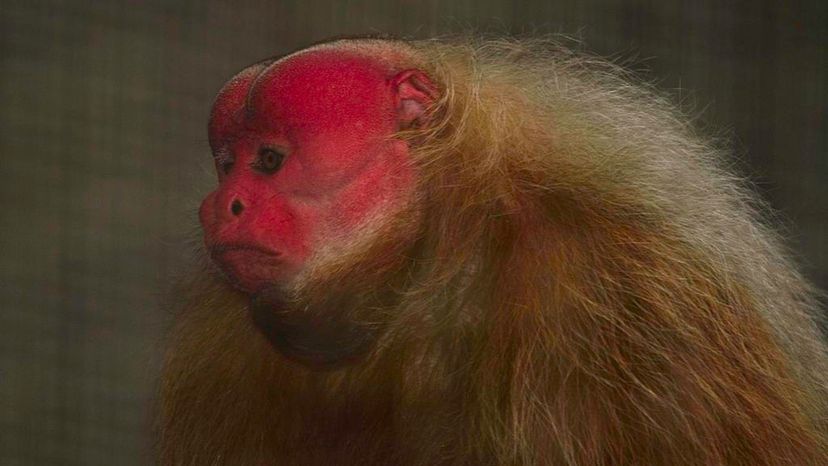

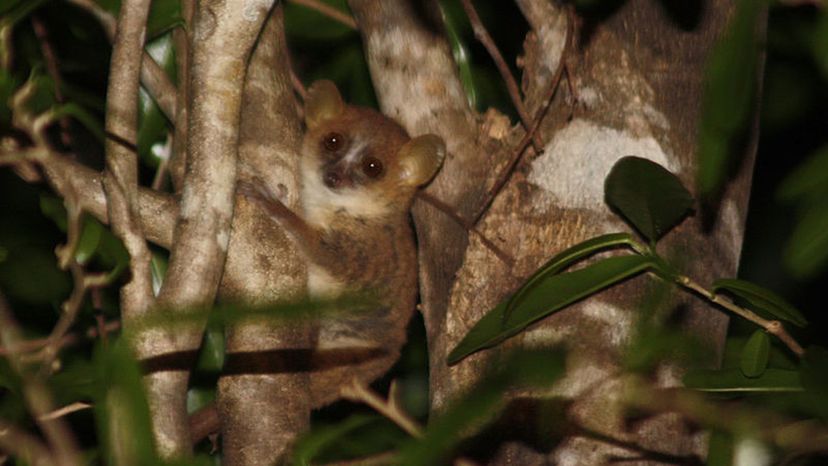
Advertisement
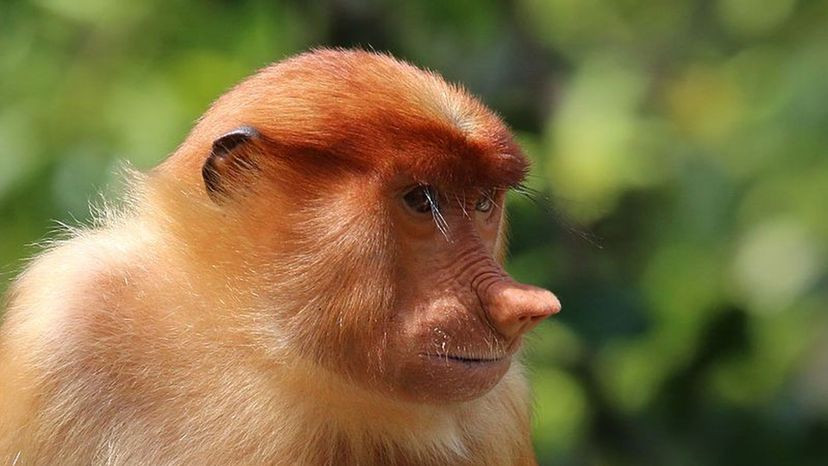
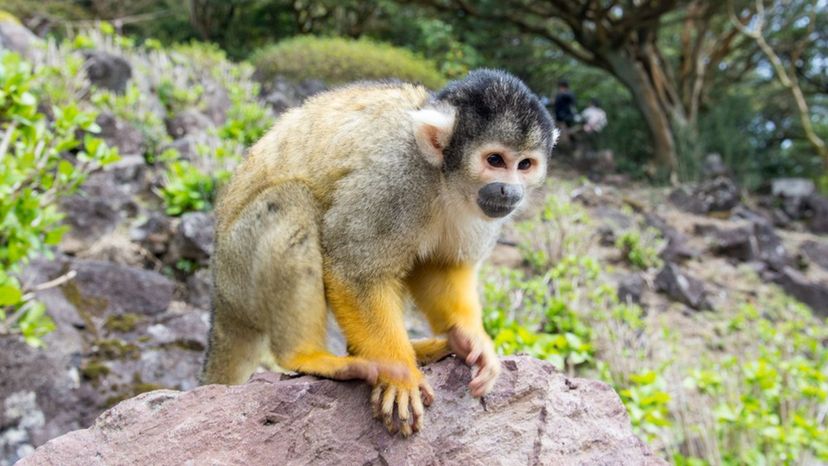
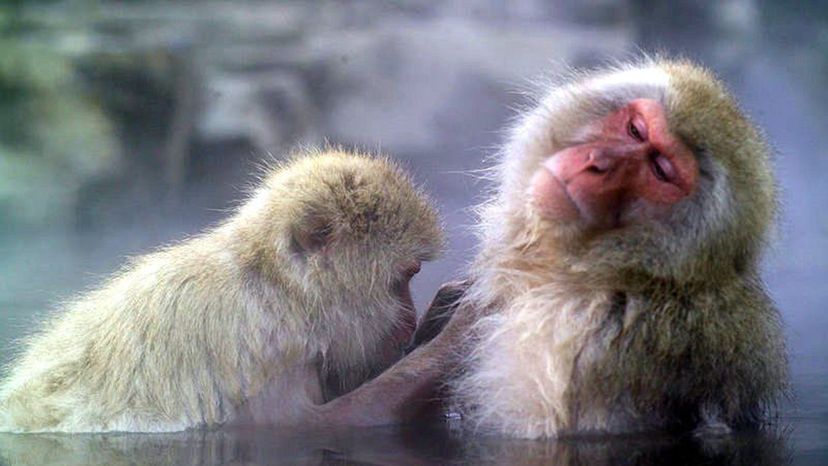
Advertisement
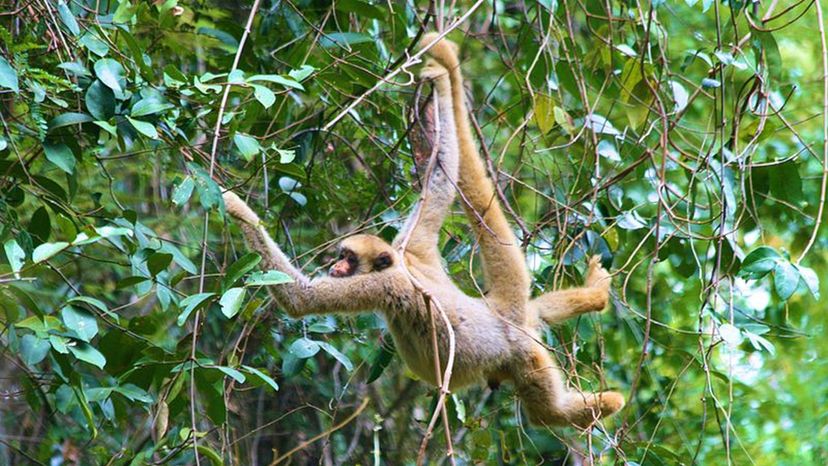
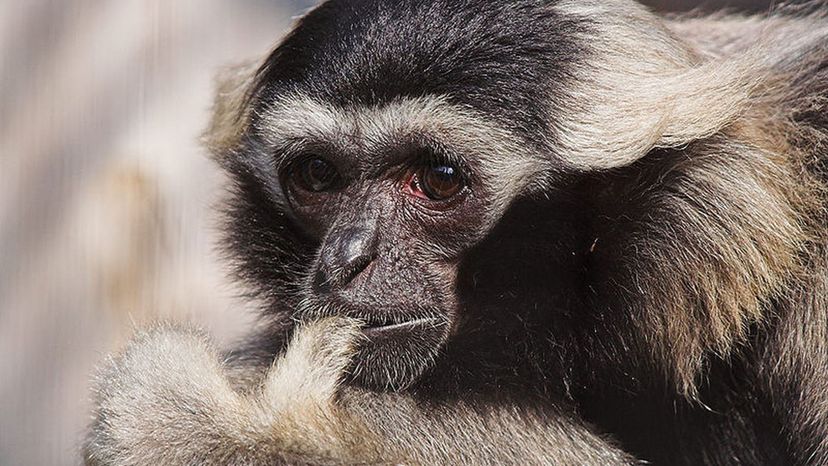

Advertisement


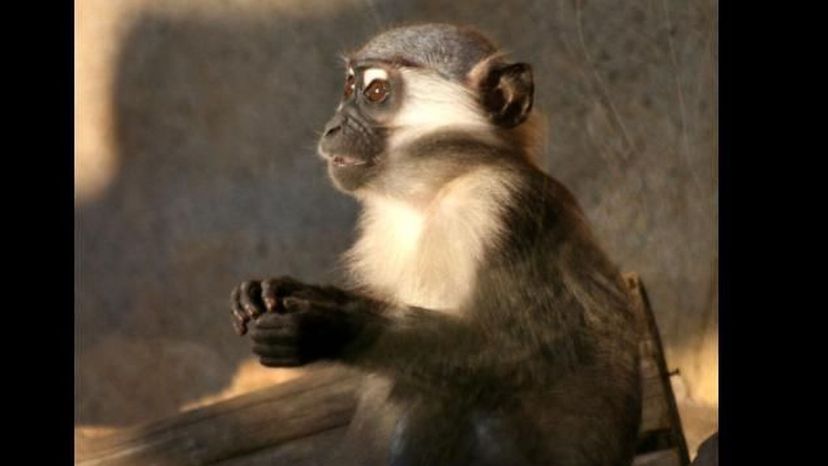
Advertisement
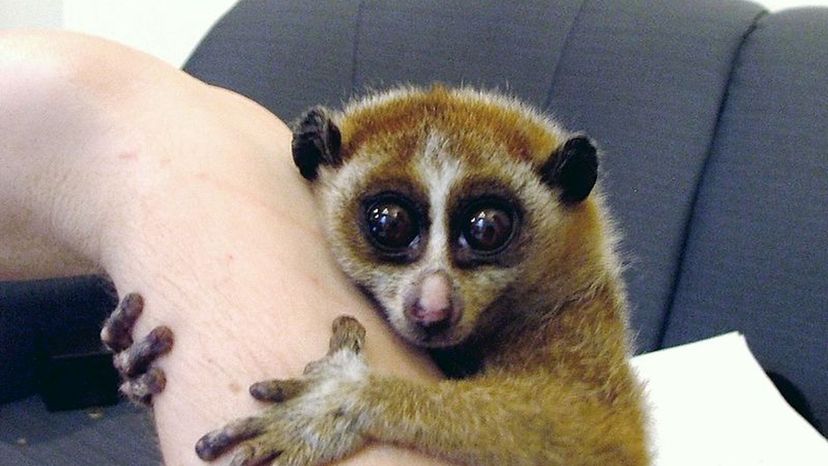
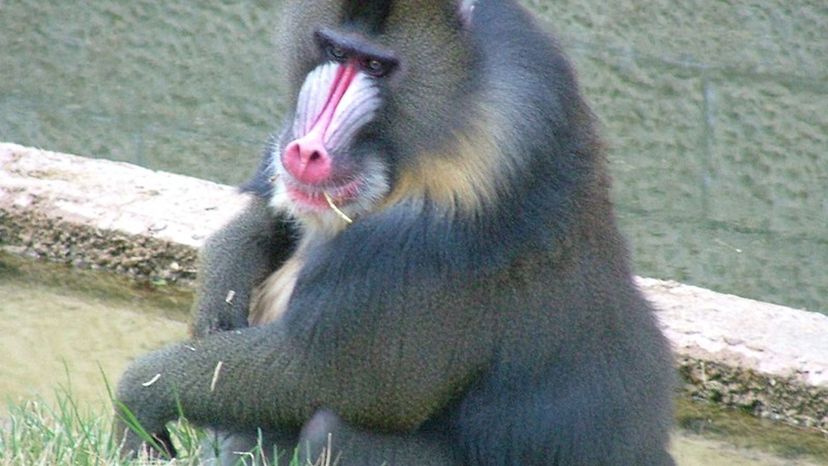
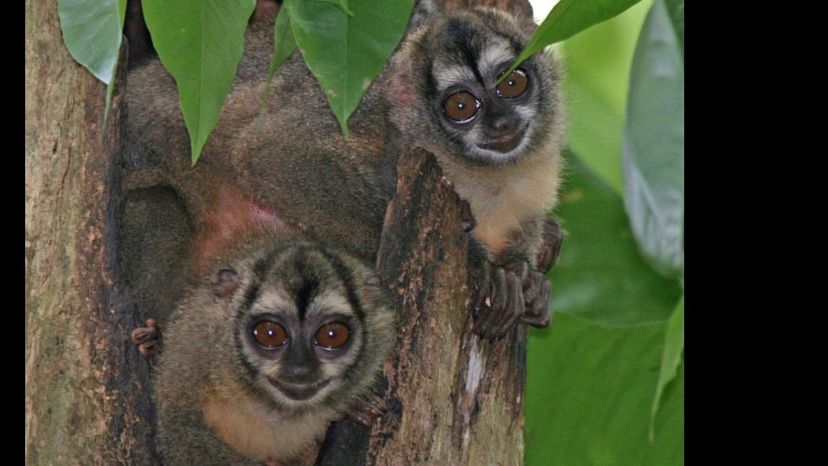
Advertisement
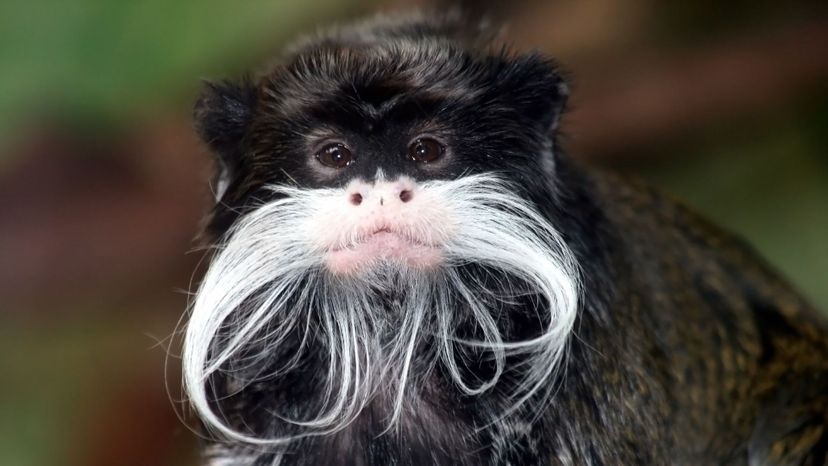
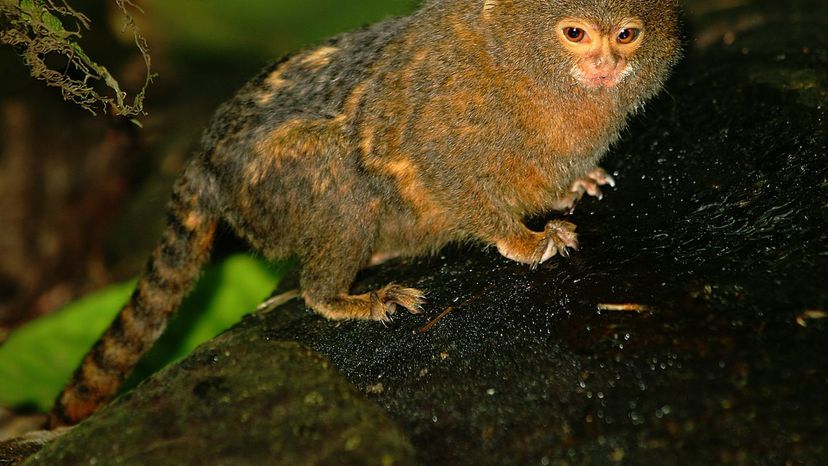
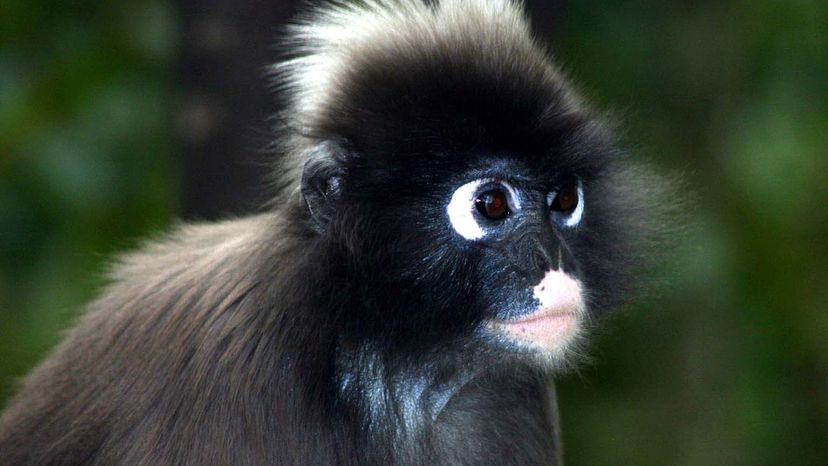
Advertisement
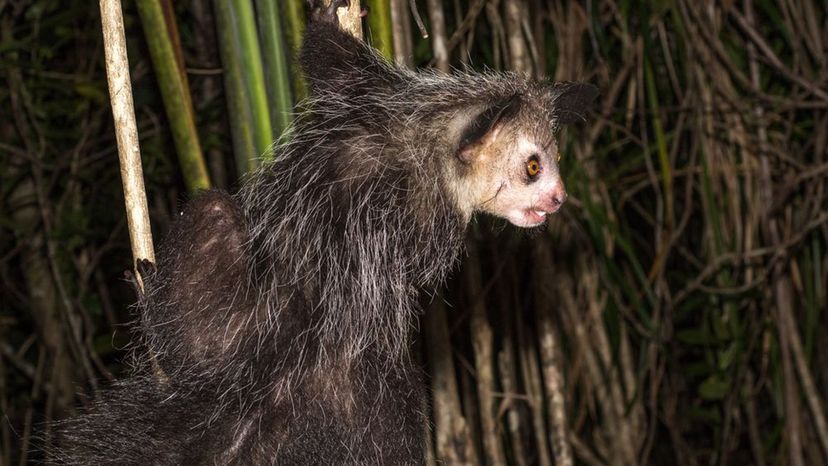
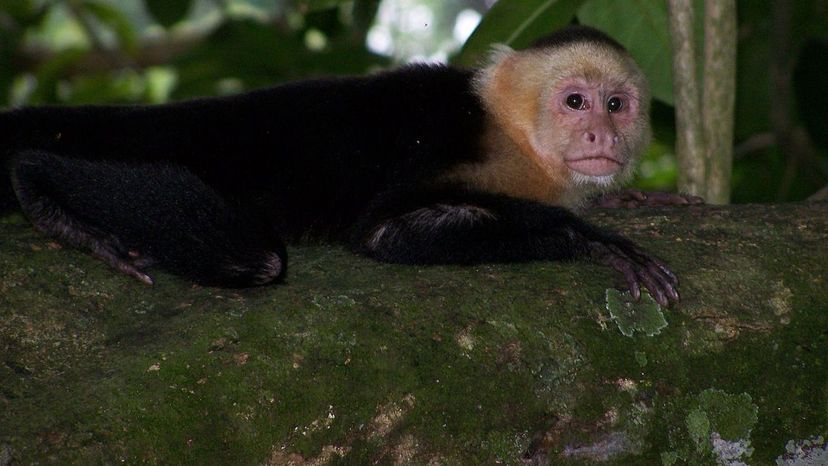

Advertisement
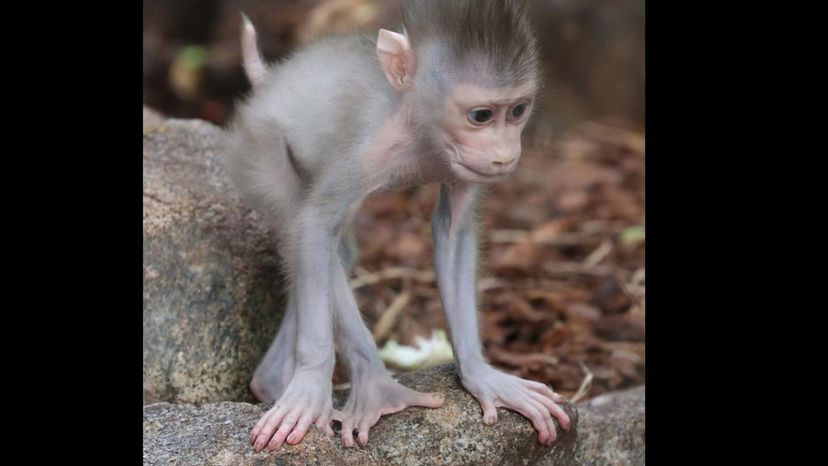
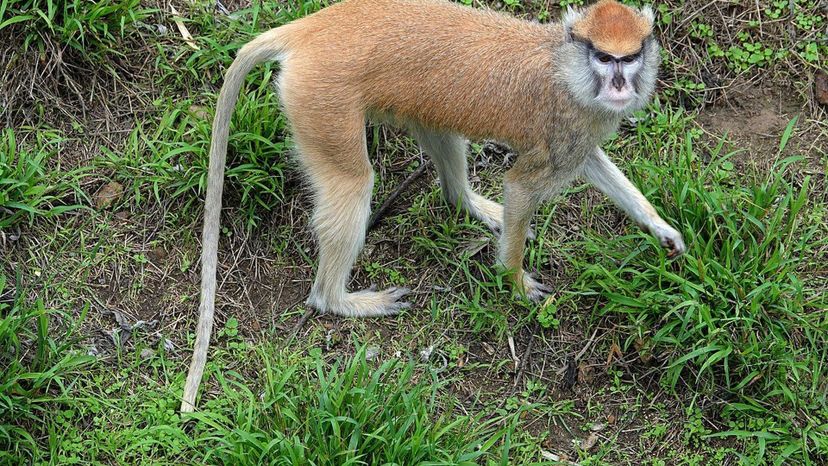
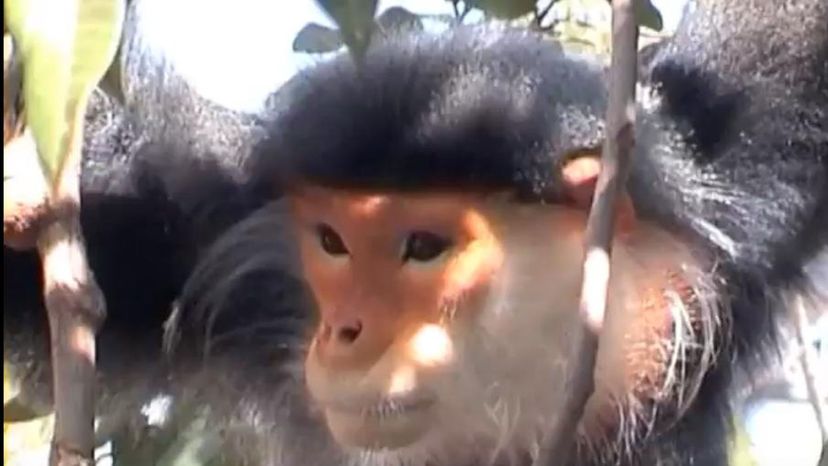
Advertisement
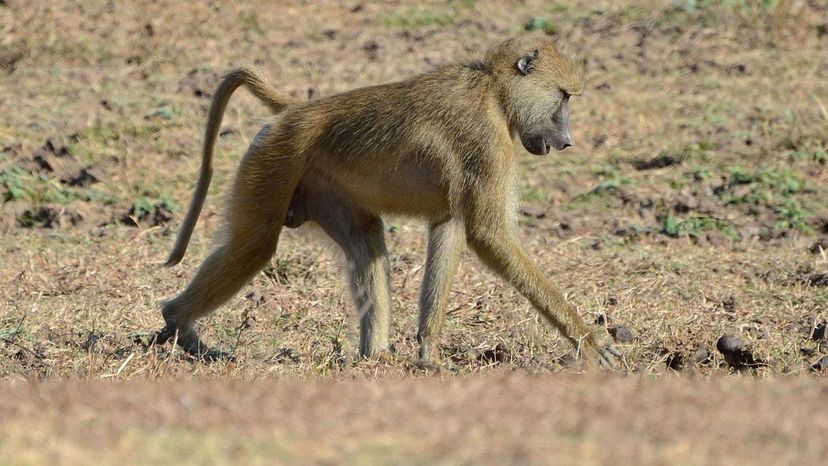
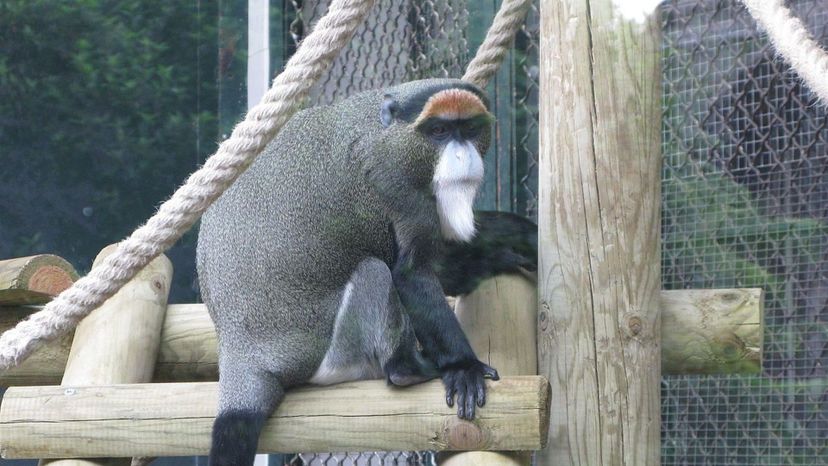

Advertisement
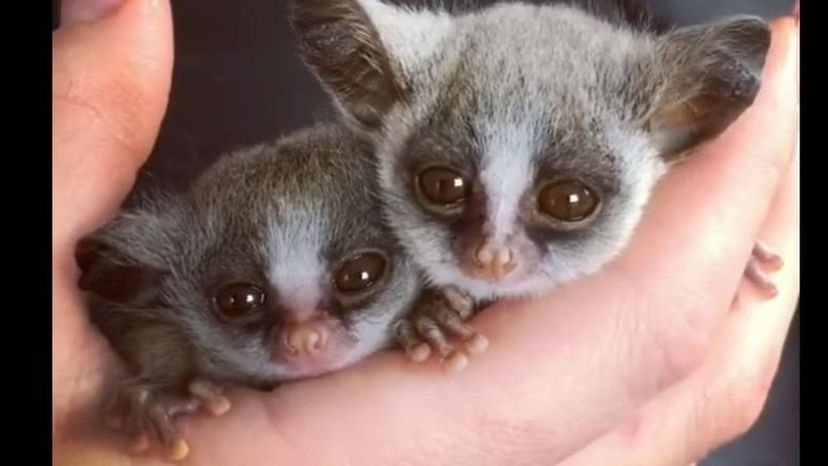

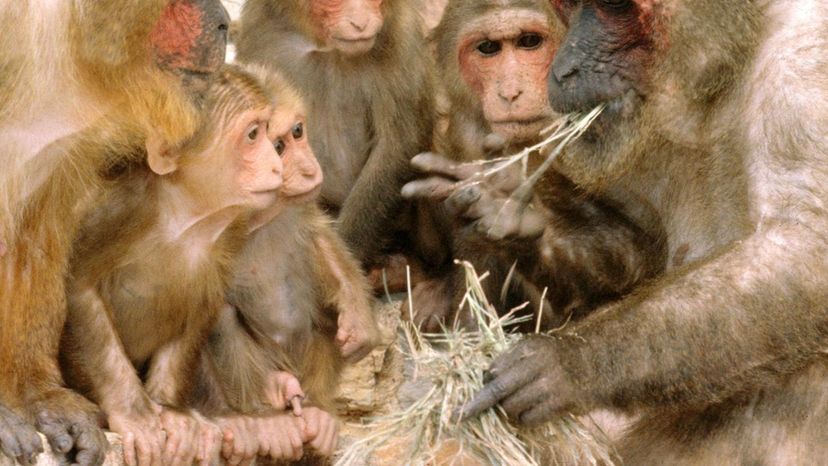
Advertisement
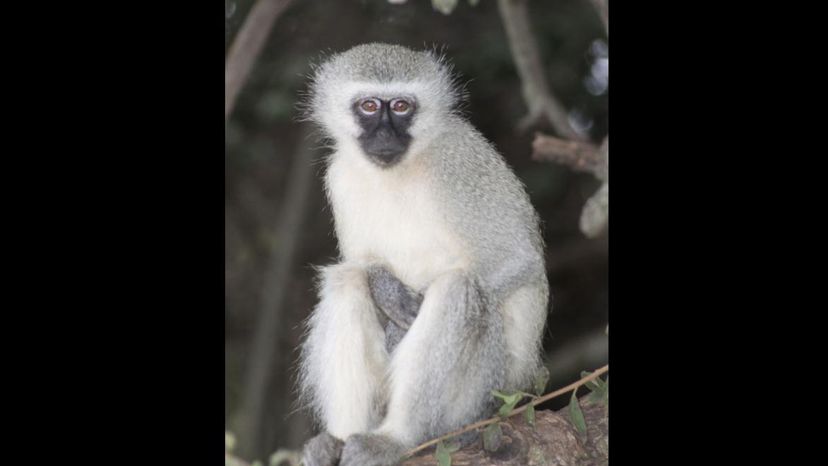
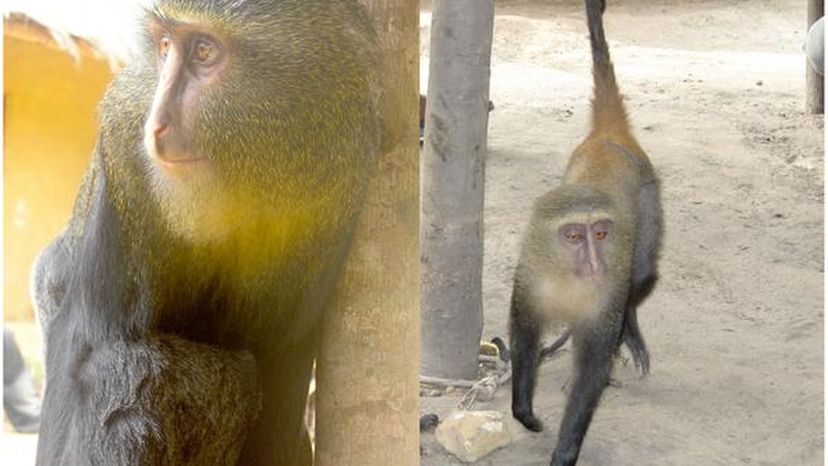

Advertisement
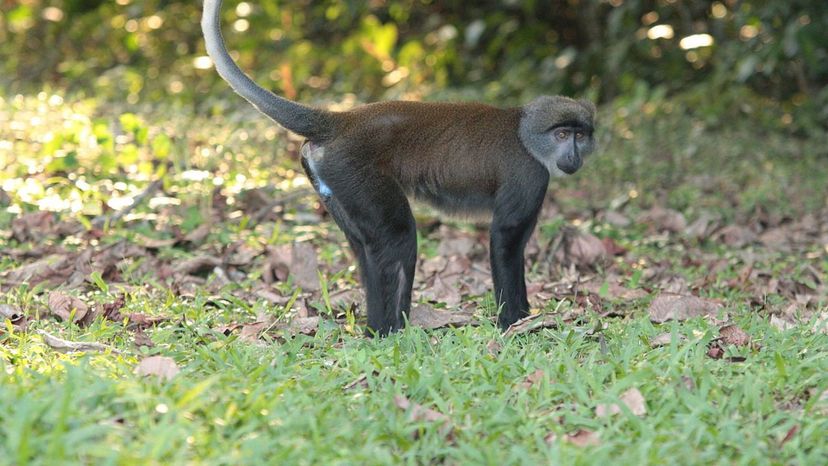
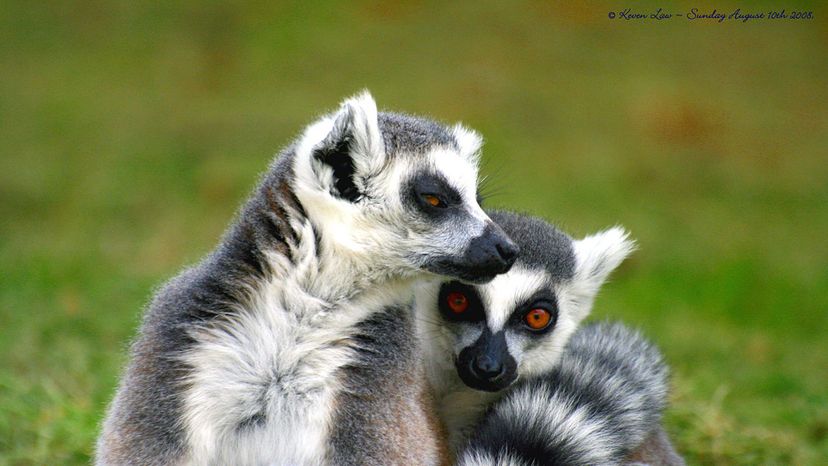
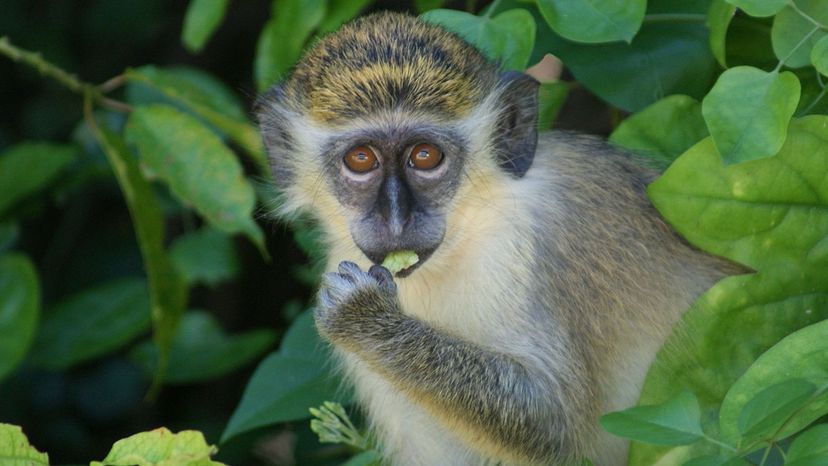
Advertisement
